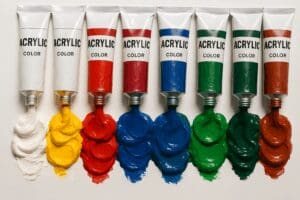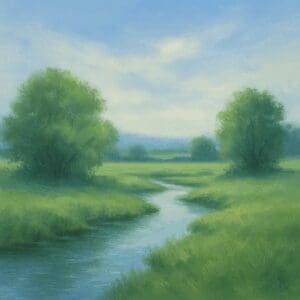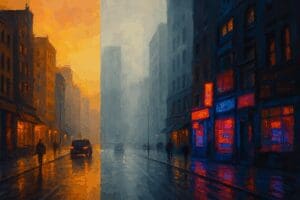Abstract Art refers to all those works of art, which are carried out in compliance with the principle that Lines, Forms, and Colors have aesthetic value. An Abstract Artist is like a poet arranging compositions and colors, which are devoid of normal subject matter. Abstract Art does not try to imitate or express any external reality and is non-objective.
Abstract Art was introduced into serious art sometime in early Eighteenth Century. It started with a movement called Impressionism, which produced art, which was devoid of any realistic, defined images. Impressionism talked about depicting nature in its truest form. The artists of this art form were mostly interested in capturing changes in light throughout the day, from one season to another. Abstract Art is generally divided into two groups, the Action Painting and the Color Field.
In the Twentieth Century, several other movements such as, Fauvism & Cubism contributed in breaking new grounds. Fauvist used colors in non-realist ways and Cubism brought in the idea of painting an object from more than one standpoint. In addition, Abstract Expressionism, which surfaced in the 1940s, is all about spontaneous, automatic, or subconscious creation. In Abstract Art, the artists express themselves through an aggregation of the emotional strength and self-denial. This expression is coupled with the anti-figurative feels of the European Abstract Doctrine, specified as Futurism, the Bauhaus, and Synthetic Cubism. European Movement was the predecessor of Surrealism. Some of the most famous Cubists were Pablo Picasso and Georges Braque. The Leaders of Fauvism were Henri Matisse and André Derain. Two of the most famous examples of Abstract Expressionism were Mark Rothko and Jackson Pollock.
Many artists believe that the true work of art is an esoteric, incomprehensible, and mystical creation. Abstract Art distinguishes itself from the artist and acquires an identity of its own with an independent life. In effect, we can say that an Abstract Artwork in itself becomes a living personality having a real existence of being. Abstract Art speaks for itself and points to the social, cultural, and the intellectual hoo-ha of the times.
In the 21st Century, there is a wide array of ideas available for the artists as the new schools of thoughts have emerged, for e.g., Figurative Art, which comprises of Neo-Dada, Fluxus, Conceptual Art, Neo-expressionism, Installation Art, Performance Art, Video Art, and Pop Art. All this has made it hard to distinguish between Figurative Art and Abstract Art, still abstraction remains very much in view.
Source by Annette Labedzki
Disclaimer: The views and opinions expressed in this article are those of the authors and do not necessarily reflect the official policy or position of Irish Artmart.





